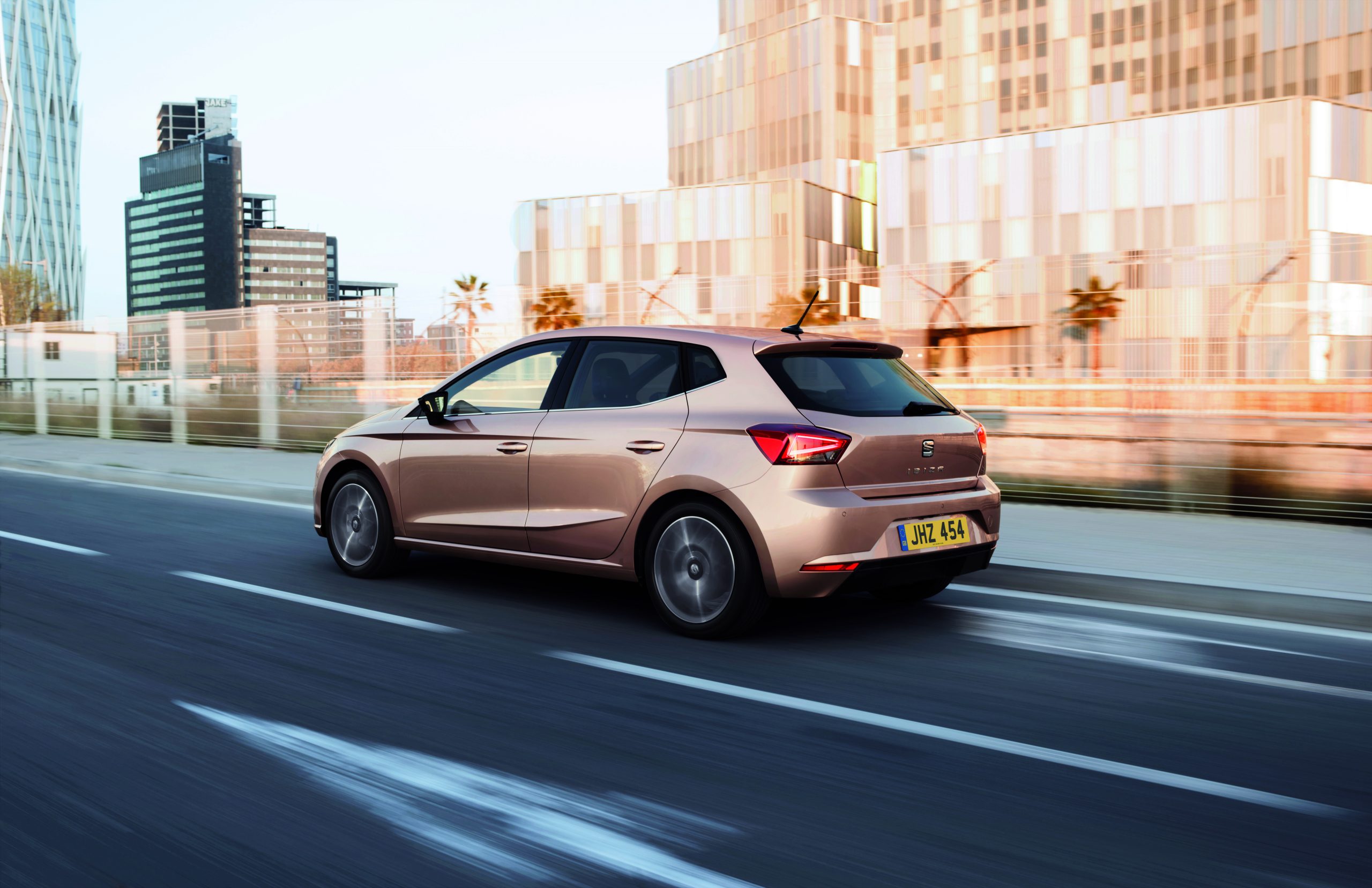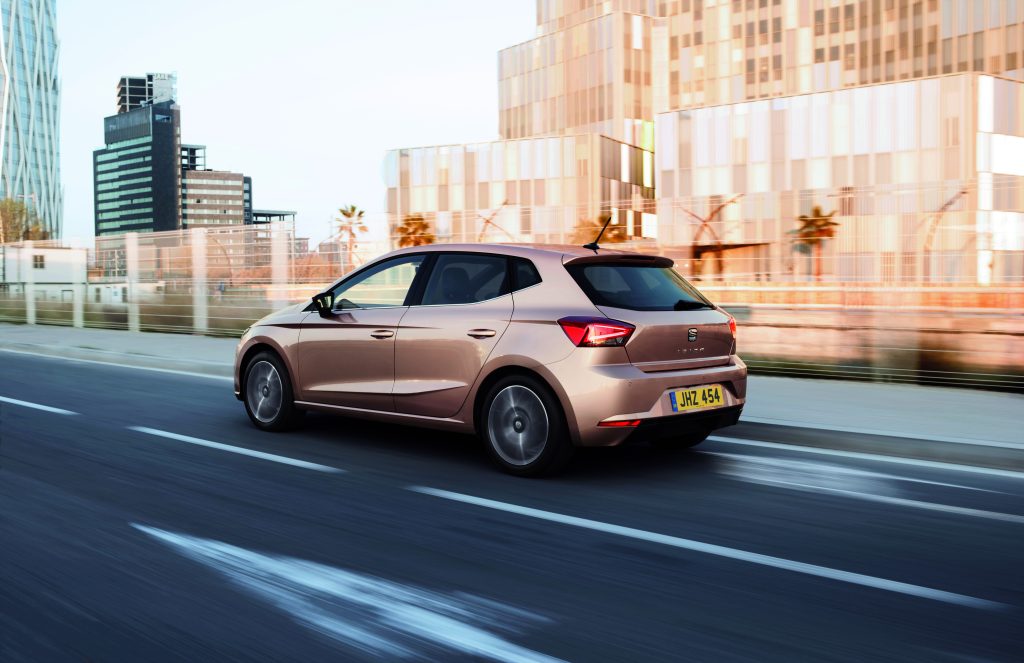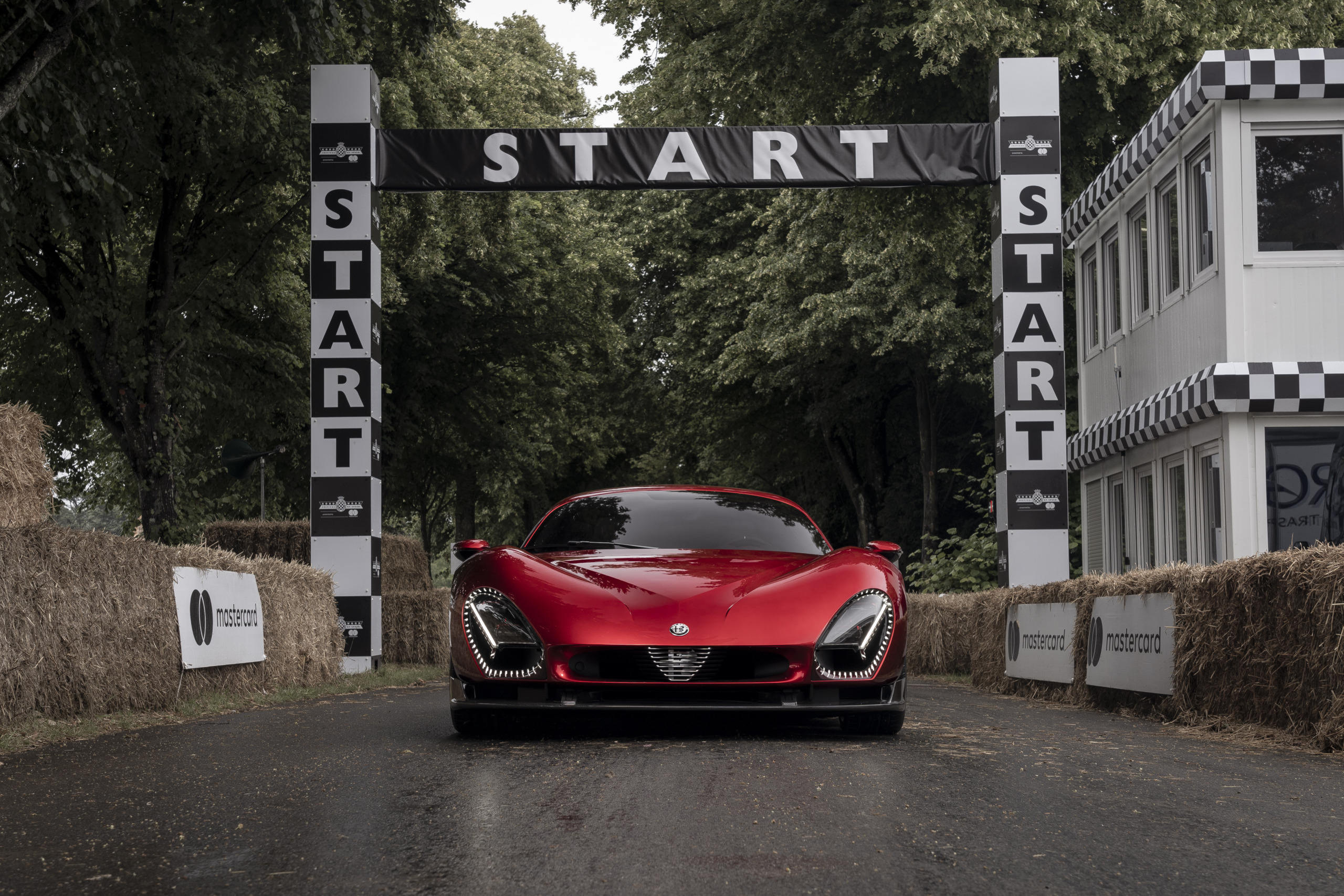Walk along a fashionable street, from London to Jakarta, and you’re likely to see passers-by wearing at least one item of rose gold clothing, or carrying a rose gold bag or accessory.
The colour, an unusual shade of pink, seems to be everywhere these days, but it’s gone far beyond fashion and jewellery.
The colour has been popping up vividly at wedding, in cakes at trendy patisseries, and if you need a new set of wheels, now you can get a rose gold car.
But why is it so popular?
For most of the general public, the first we’d ever heard of the colour was when Apple launched the rose gold iPhone 6S line in September 2015.
However, rose gold was actually around long before it was chosen to be the finishing on a smartphone. According to leading fashion trend agency WGSN, rose gold first started becoming popular in 2012, when it began being regularly featured in jewellery.
This led to some rose gold creations on the catwalk from designers like Jimmy Choo and Cavalli, in part due to a rising trend for copper-coloured items, inspired by interior designer Ton Dixon’s penchant for copper lights and homeware in 2013.
“When we see a trend develop is when we see lots and lots of examples of it, and it creates a pattern,” WGSN’s colour director Jane Boddy tells the BBC.
“The copper trend definitely would have affected rose gold, because copper is very similar to rose gold, and copper enabled people to embrace metallic.”
Ms Boddy said that the rose gold iPhone caused the colour to “hit critical mass”, and because of this, in 2016 the colour was named Pantone Colour of the Year, under the moniker “rose quartz”.
How trends work
Fashion, furnishings and weddings are typically heavily influenced by the advice of Pantone, which is famous for its colour swatch matching system.
Each year, Pantone comes up with a colour, and that’s what fashion designers, High Street clothing retailers, home furnishing experts and the wedding industry takes notice of.
In the normal course of events, having graced the catwalks between 2012-2016, the interest in rose gold would have been expected to have died down.
Pantone chose “greenery” as its colour of the year in 2017, while 2018-2019’s colour is meant to be lilac, and 2020 will be all about mint.
But for some reason, rose gold is still as popular as ever.
Panasonic conducted a market survey of women aged 20-29 in Germany, France and the UK, and was told that respondents preferred their beauty products like hairdryers and hair straighteners to be in rose gold, because they identified the colour with being feminine, elegant, and premium.
Spanish automotive manufacturer Seat observed a trend in rose gold, and told the BBC that it brought out a rose gold version of its Ibiza hatchback to “give a more sensitive touch to the automotive world”.
Will it last?
“Home décor is a lot like fashion where new seasons see new trends, but I think there are enough people that love it that it’s not going to die out completely”, says Jo Snook, a home furnishings blogger and manufacturer of personalised wooden crates and retail display units. “It’s too pretty a colour”.
New Look says it will keep including the colour in its collections for as long as consumers have demand for it.
Melissa’s Global Marketing Director Raquel Scherer agrees: “When we analyse the collection to see which products sold across our 270 stores worldwide – with almost every product, the number one selling version is rose gold.”
“Why do millennials like pink? I don’t know, but if they want rose gold, we will keep making products for them in that colour,” says Ms Scherer.
“It’s about what the consumer wants.”
Credit: https://www.bbc.co.uk/news/business-44757499






